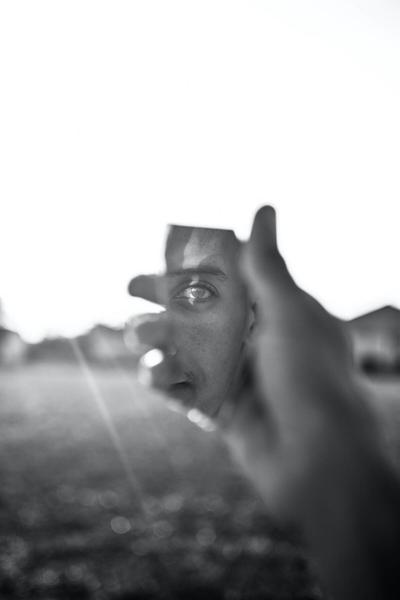
Ouroboros
I created Ouroboros as a writing series. Like the series of a painter the theme is continually restated in interconnected ways. It successfully allows the artist to convey more than a singular piece ever could. It is a glimpse into the artist's path and demonstrates the journey as their voice becomes stronger, grounded, and more finely nuanced.
The symbol of the Ouroboros is a serpent biting its tail, an expression of unity between all things. It is based on the idea that while things perpetually change form they never disappear. As humans we are uncomfortable with an eternal cycle of shifting baselines, destruction, and re-creation. In response we apply time to experience as a type of adhesive to comfort ourselves in the face of irreducible complexity.
I am fascinated with the way stories are used to create a narrative sequence of events. It permeates every culture. It is central to how people craft a sense of morality, claim purpose, and inhabit space. The functionality of narrative is inexorably bound to language, translation, and literature. Each reflects the opacity of the world but instead of imparting a sense of despondency they elicit a desire to search. It is this search for a way of explaining things not contingent on time that is at the heart of this series.


